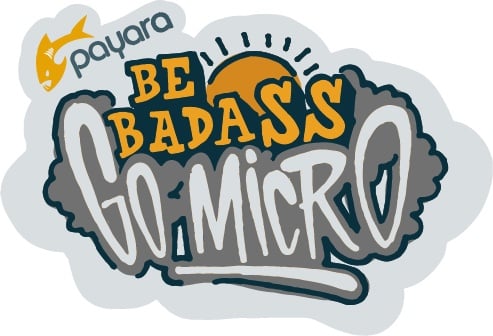 3 minutes
3 minutes
End-of-Life Technology: How to Drive Innovation Without Compromising Stability
When legacy systems approach end-of-life (EOL), enterprise IT teams typically face the choice of moving forward at all costs […]

In case you missed the news earlier this week – we are pleased to announce a new release of Payara Micro and Payara MicroProfile 171 to start the new year with a bang! With this new release, we have implemented substantial changes that are meant to improve the stability and usability of both ‘regular’ and MicroProfile version of Payara Micro. As is usual with our releases, keep special attention to our blog in the following weeks to read detailed articles on these changes and features to take full advantage of them!
For Payara support customers, LTS – Long Term Support – has been introduced for both Payara Micro and Payara MicroProfile so you can expect a full year of patch releases which only include fixes – great news for users who value stability over new features (find out more about the support services here)!
All new changes and features introduced in this release are also included in Payara MicroProfile unless explicitly stated.
{{cta(‘4129273b-d6b4-4ef3-8fb7-412a2d0dfdfb’)}}
Payara Micro has been refactored from a shaded to a nested JAR structure. This structure has been inspired by an effort to implement a modularization mechanism similar to what Spring Boot does on the Spring Framework. This makes Payara Micro easier to work with, simpler to extend, and puts a stop to dependency overwrite issues. This nested structure can also be applied to Uber JARs created with Payara Micro using the new –nested command line argument!
When configuring Payara Micro instances, you are usually restricted to the limited options offered by the Payara Micro API. If you want to apply custom configurations to your instances and there aren’t any available options for them, you can specify a custom domain.xml file with the configuration changes you want to apply to the instance when running it. Admittedly, this way of configuring instance is a bit cumbersome; with this in mind, the 171 release includes a new feature that allows the use of asadmin commands to configure a Payara Micro instance with a new set of command line arguments are available:
–prebootcommandfile and –postbootcommandfile
In addition to running asadmin commands when configuring Payara Micro instances, a new asadmin subcommand named send-asadmin-command allows further configuration scenarios as well!
New enhancements have been included with the CDI Event Bus shipped with Payara Micro! Now it’s possible to configure the name of remote CDI events using the @Outbound and @Inbound annotations! Remote events can now be limited to be fired to specific instances within a Payara Micro cluster and can also be targeted at the local instance using the new Loopback feature too! These new features offer more control over sending remote events between multiple microservices or between multiple composed services as well.
With this new release, the support for more integration features with Hazelcast has been expanded. Now you can configure partition groups that are host aware! This means that all Payara Micro instances are part of the same Hazelcast cluster and live under the same IP address or network interface are grouped together in the same partition table, which helps avoid loss of data in case of physical server crashes. This is a high-level feature that is extremely useful for cloud deployments!
This is a minor change that was included to simplify deployment scenarios, so now you don’t need to worry when writing scripts for Payara Micro deployments and be concerned if you typed correctly the names of the command line arguments for configuring your instances! The command line parser for Payara Micro doesn’t make distinctions between –autoBindHttp and –autobindHTTP for example, avoiding unneeded configuration errors! Consistency for preparing your deployment scripts is always recommended, though.
{{cta(‘4f655561-806e-4221-ae1e-0ebda96b5f25’)}}
 3 minutes
3 minutes
When legacy systems approach end-of-life (EOL), enterprise IT teams typically face the choice of moving forward at all costs […]
 3 minutes
3 minutes
Working with enterprise Java databases can sometimes feel like swimming upstream. Jakarta EE 11’s Jakarta Data helps developers glide […]
 2 minutes
2 minutes
The recent releases of Spring Framework 7.0 and Spring Data 2025.1.0 mark an important milestone for the Java ecosystem, […]
> Payara Micro has been refactored from a shaded to a nested JAR structure
Having done this, you have taken away from the developer the ability to use classes from ‘nested’ jars in the applications. For example:
java.lang.ClassNotFoundException: com.hazelcast.core.MapStoreFactory
com.hazelcast.core.MapStoreFactory is coming from hazelcast artefact and hazelcast should be used as a dependency instead of payara-micro itself. We have also released payara-api for our own implementations bundled as jar, so all is covered.